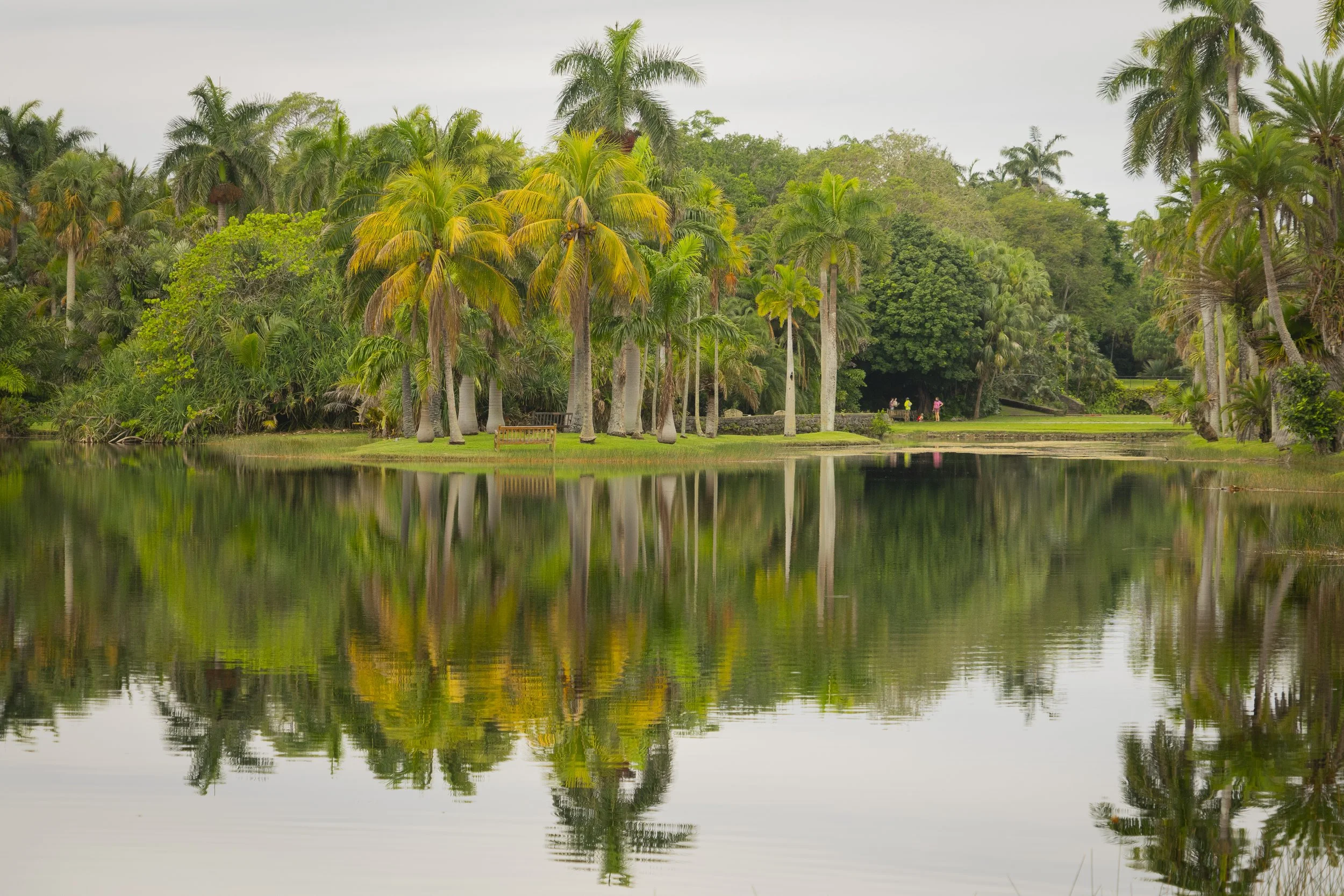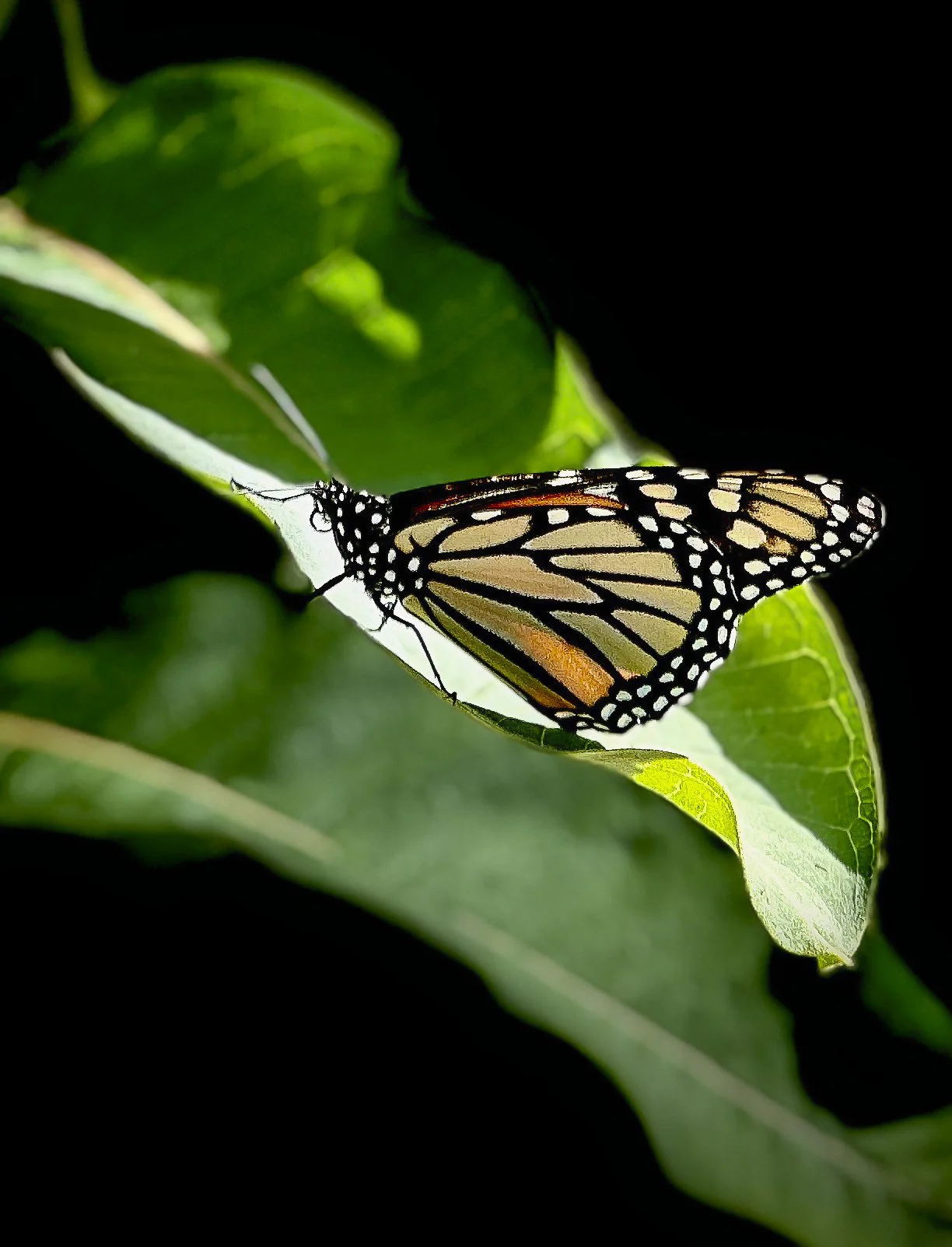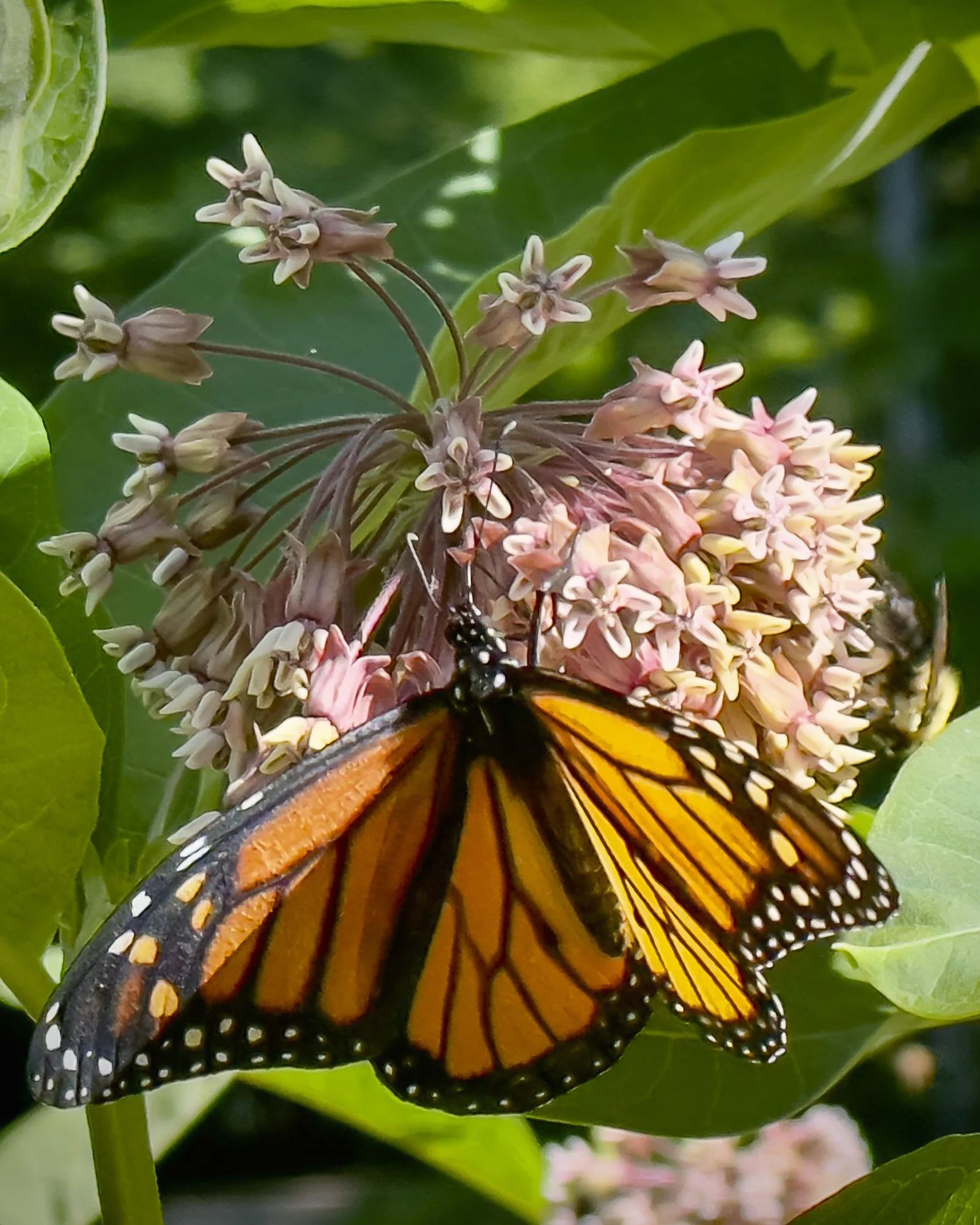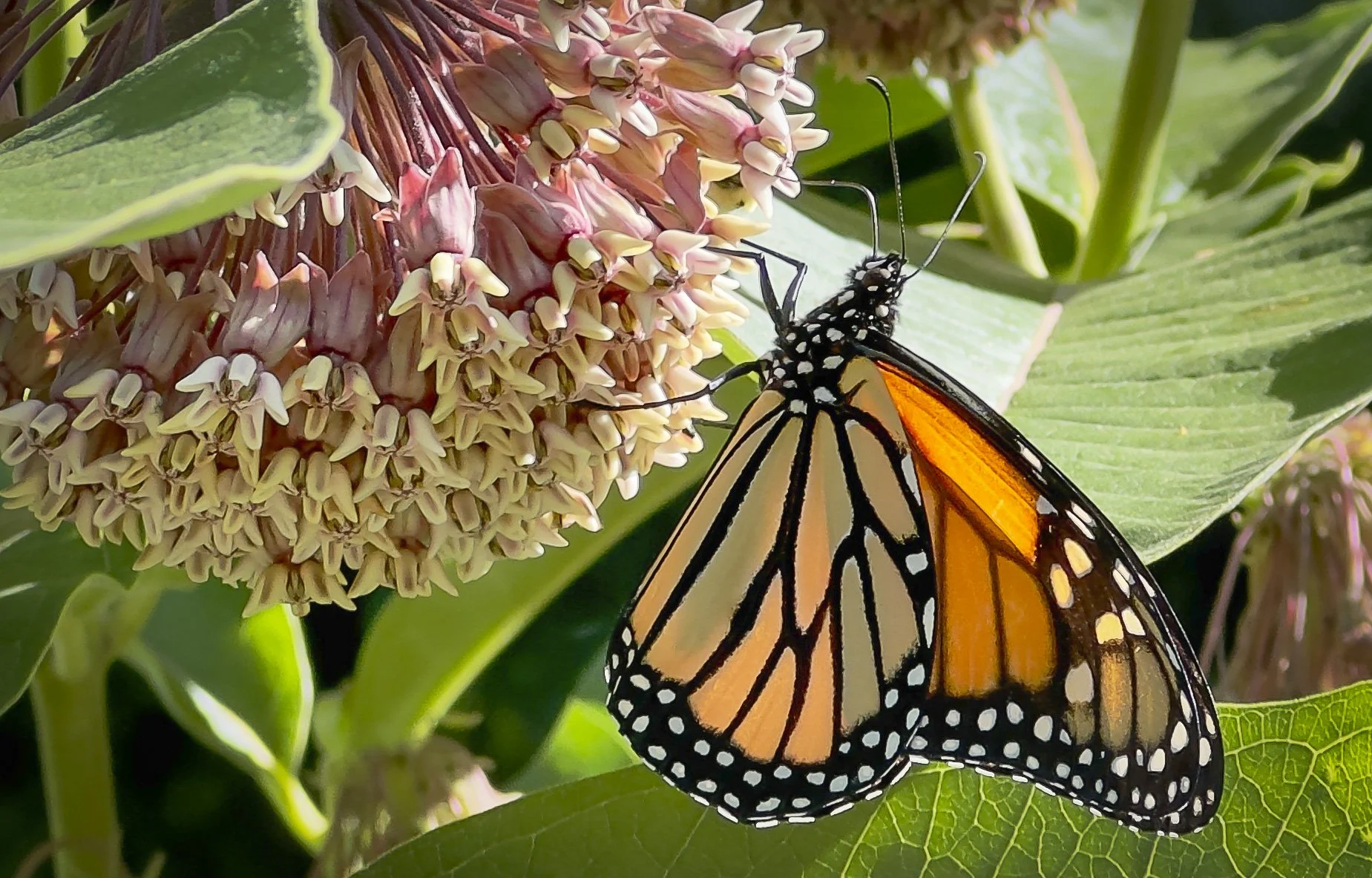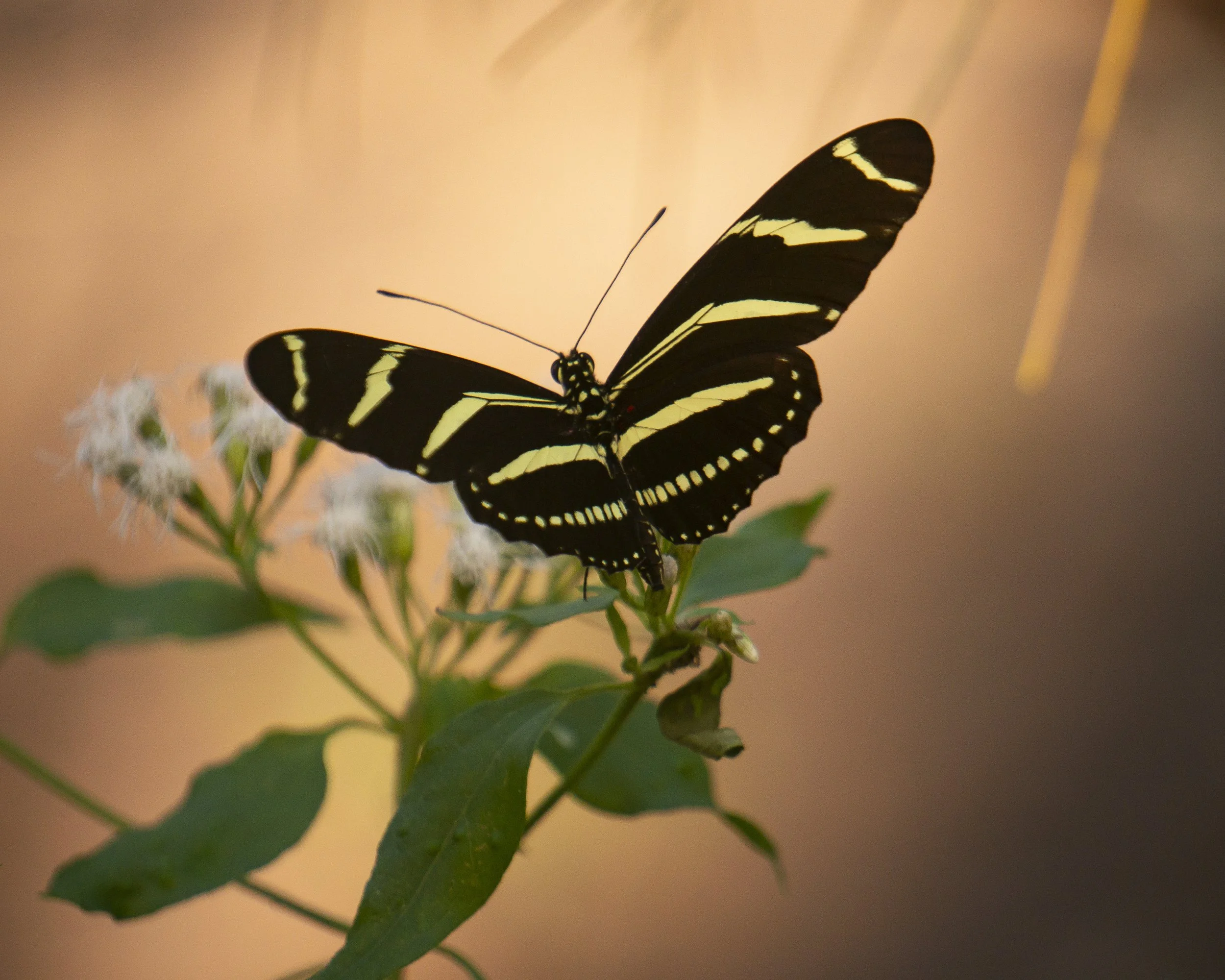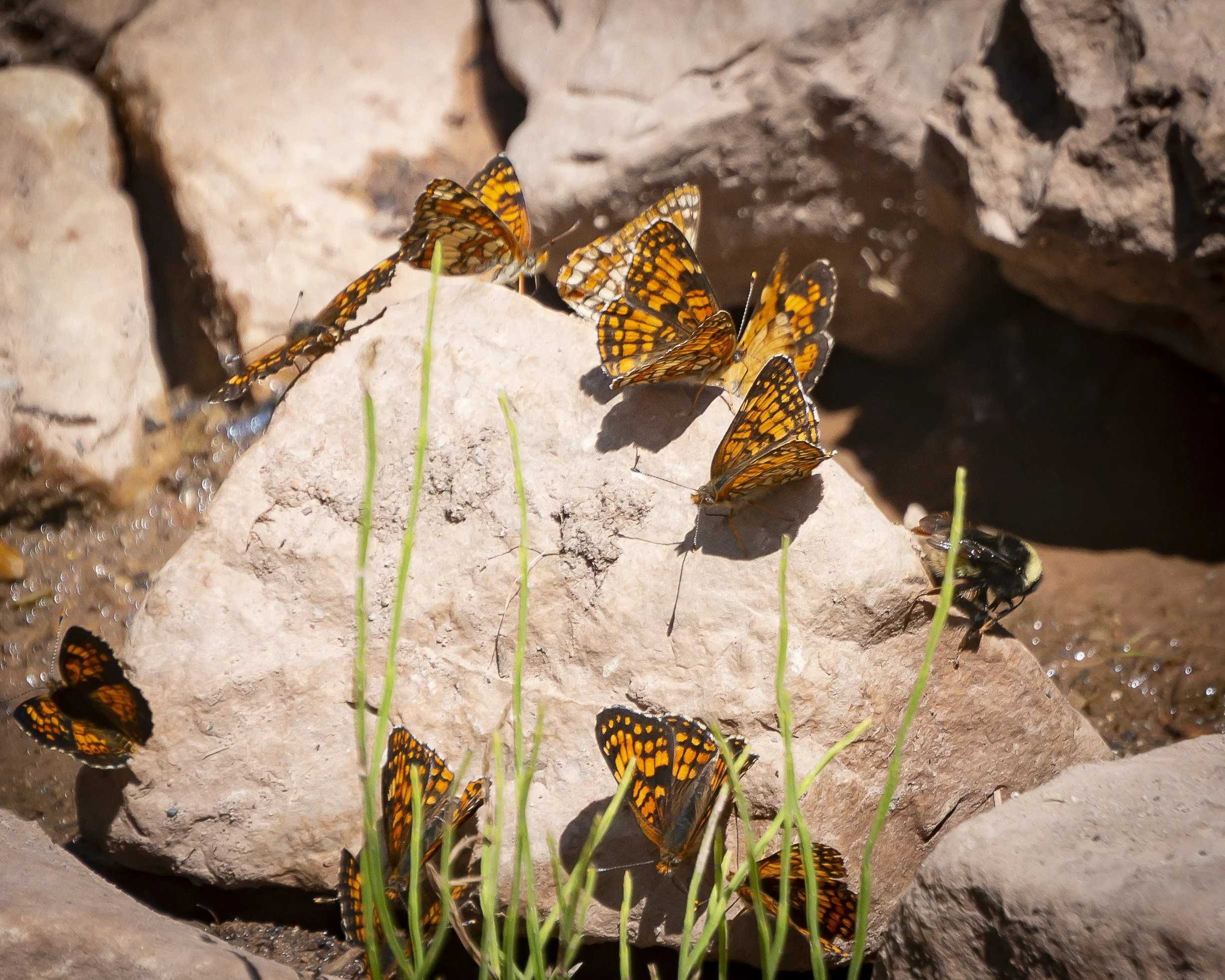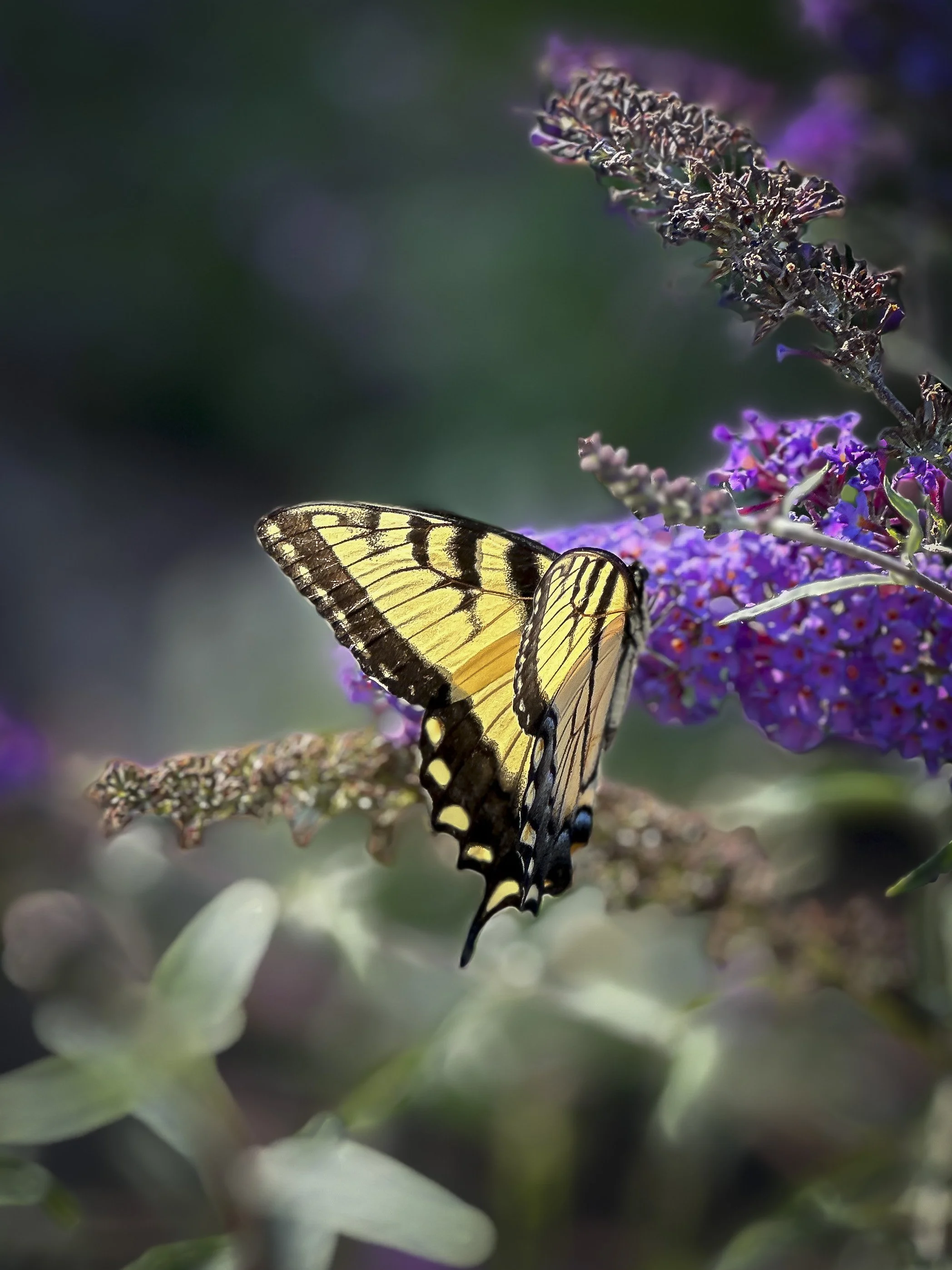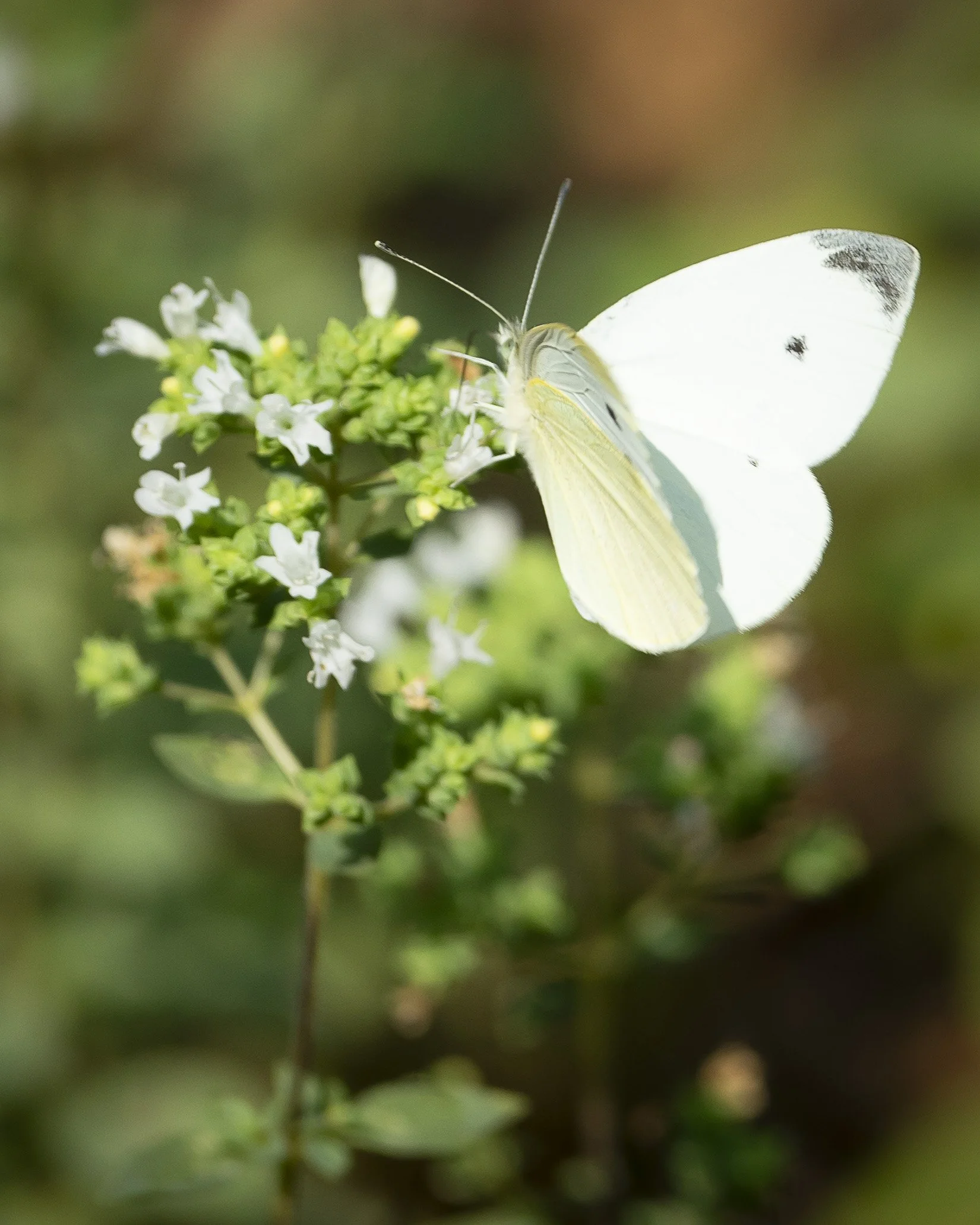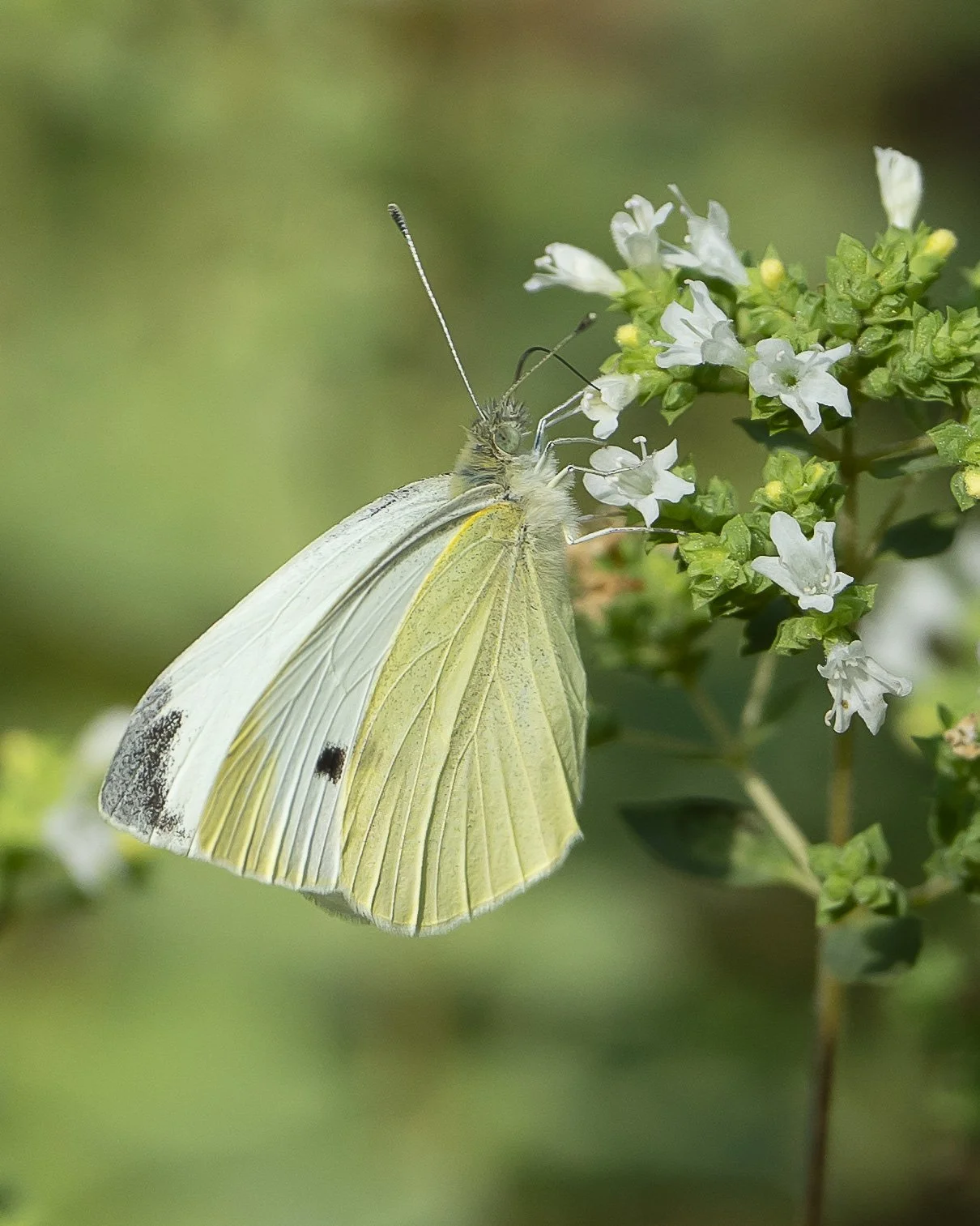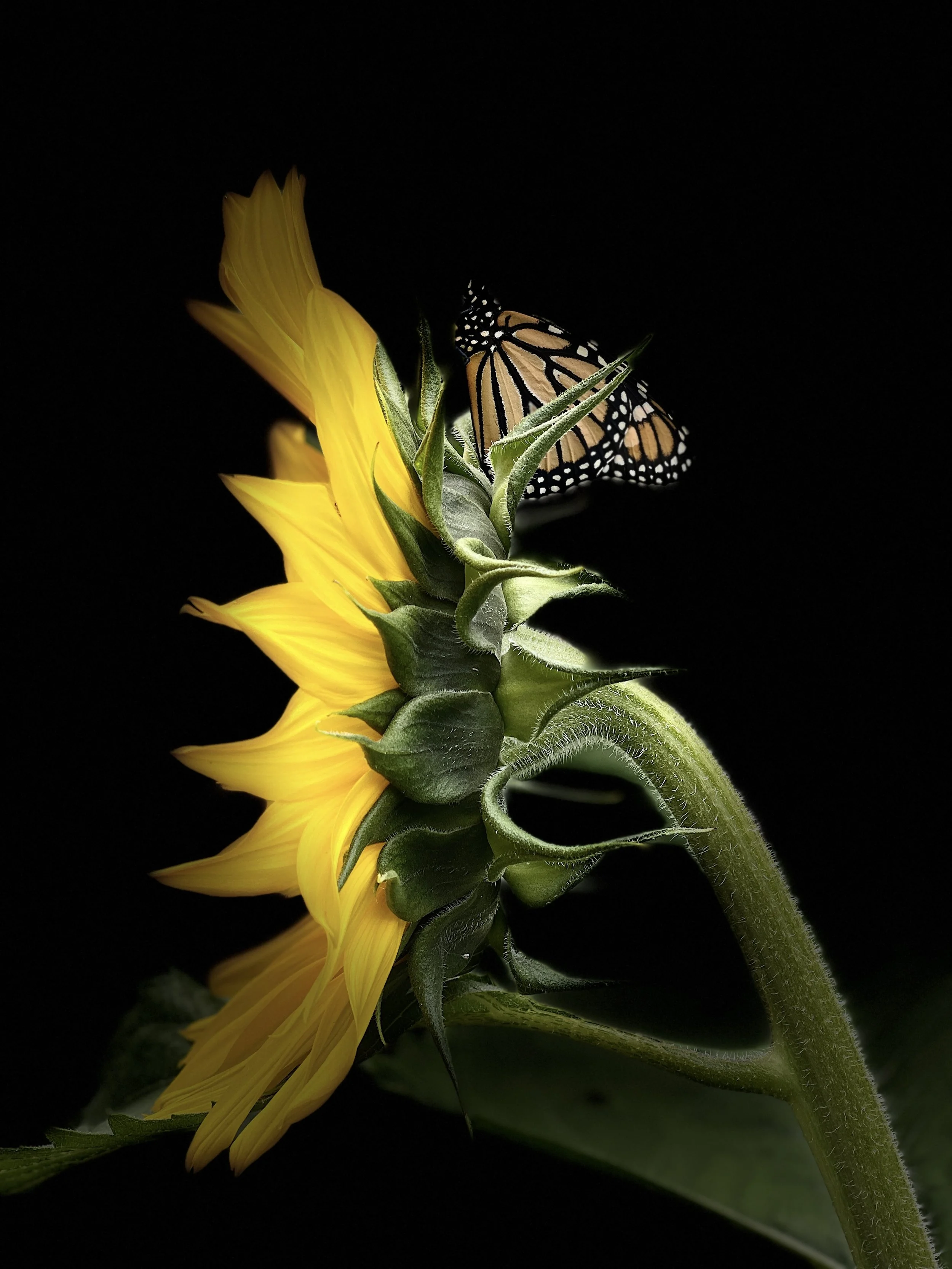One of the most delightful things about a garden is the anticipation it provides.
W. E. Johns
I took a day-long field trip to the Fairchild Tropical Botanic Garden in South Miami last week. I didn’t know what to expect, but what I found was magic. I also found shade, a series of small lakes, a huge variety of palm trees, a spiny forest, a rain forest, lots and lots of lizards, lots of birds, and a few heart pounding moments…
A curious little lizard greeted me just outside the visitor center.
To see we must forget the name of the thing we are looking at.
Claude Monet
(This isn’t hard when you don’t actually know what it is. A beautiful flower by any name.)
Peeking out.
A gulf fritillary butterfly lands on a cactus blossom in the Spiny Forest garden.
An iguana finds a place in the sun.
Tropical water lilies reflect in a tranquil pond.
Beneath the fig trees it’s another world.
The lower gardens look inviting from the overlook.
I step into the lower gardens with the Egyptian Goose.
A very long iguana crawls beneath the mangroves.
A great egret creeps up to the water’s edge.
A white ibis looks over its shoulder suspiciously.
The unexpected happens - an apparently sleeping crocodile stands up and walks across the path in front of me.
I continue take pictures while internally freaking out.
Then the ibises, who were suspicious and wary of me, follow the crocodile across the path…
and I was worried that I was too close.
Nature, for me is raw and dangerous and difficult and beautiful and unnerving.
Andy Goldsworth
It is easy to forget, when you are surrounded by beauty, that nature is unpredictable and definitely NOT always safe, even here in this beautifully planned and well-maintained garden. That is part of the appeal of exploring outdoors to me - the demand that I take it seriously and weigh the dangers against my desire to see everything. I think I stayed far enough away from the crocodiles at this garden. I did not walk closer to the one I saw crossing the path. I turned around and went back the way I came after taking these photos. Of course, that’s how I saw the next crocodile…
This was a photo-heavy post. I hope it all comes through ok. I was just so excited to share the whole experience. Thanks so much for being here. I will see you next week!
P.S. The ibises were fine. They wandered around near the crocodile for a few minutes, and then just walked away and back down the path.
P.P.S. If you’re interested in Fairchild Gardens, click here.
A parting shot - this crocodile was across the pond from me - much further away than it might appear. I loved the symmetry with its reflection in the water. Its mouth is open, which looks menacing, but it was completely still. {They keep their mouths open when lying in the sun to help regulate their body temperature.)












